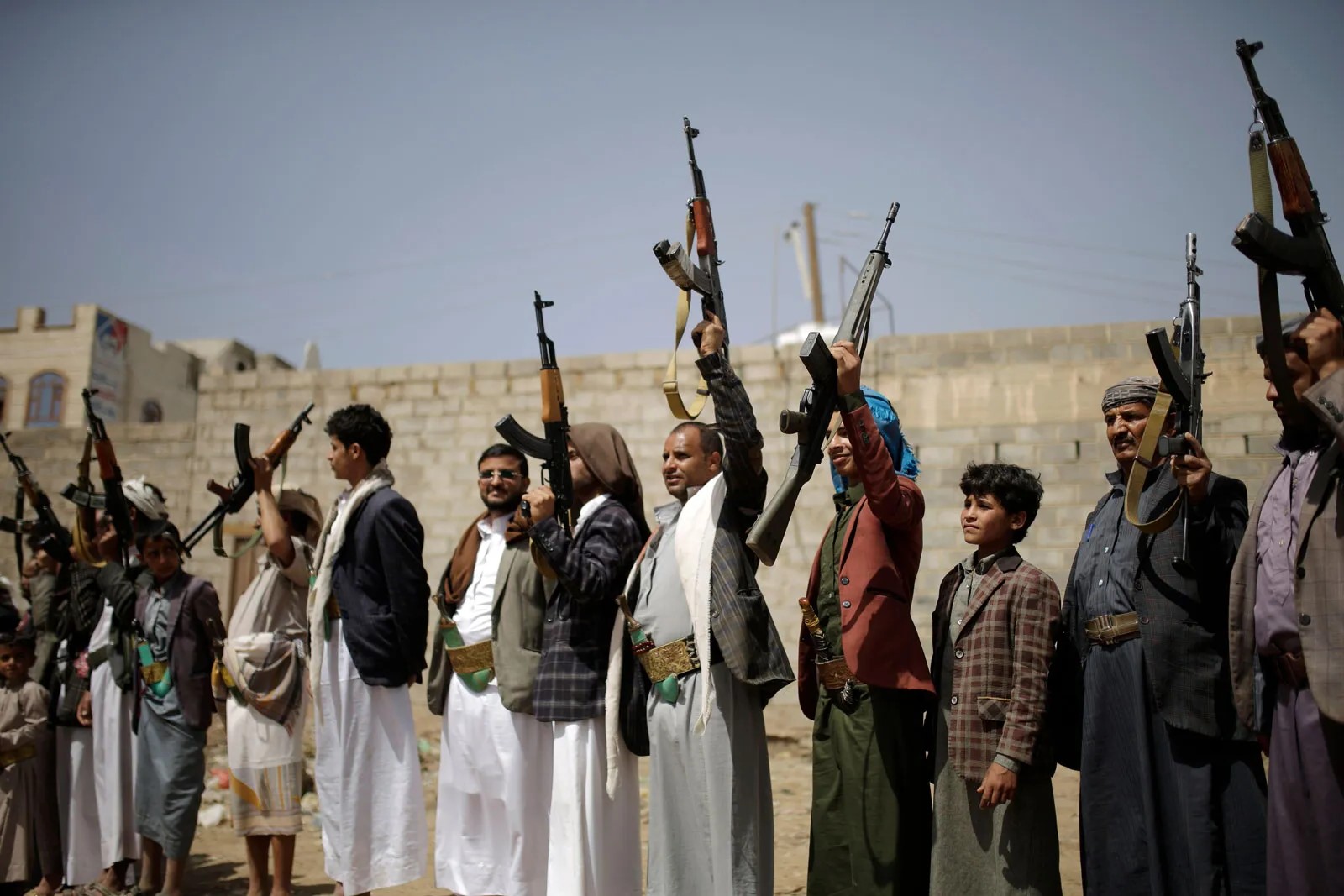
Al-Qaeda Insurgency in Yemen has been a significant issue for years. This conflict involves Al-Qaeda in the Arabian Peninsula (AQAP), a group known for its violent tactics and extremist ideology. Why does this matter? Yemen's strategic location and political instability make it a hotspot for terrorist activities. The insurgency has led to countless casualties, displacement of civilians, and a humanitarian crisis. What should you know? Understanding the roots and impact of this insurgency can shed light on broader issues of terrorism and regional instability. Ready to learn more? Here are 30 crucial facts about the Al-Qaeda insurgency in Yemen.
Key Takeaways:
- Al-Qaeda insurgency in Yemen has deep roots in local grievances and geopolitical factors, leading to a prolonged conflict with significant impact on civilians and international involvement.
- AQAP's tactics include guerrilla warfare, propaganda, and funding through smuggling, posing challenges for efforts to combat the insurgency and address its root causes.
Origins of Al-Qaeda Insurgency in Yemen
The Al-Qaeda insurgency in Yemen has deep roots, intertwined with the country's complex history and geopolitical landscape. Understanding its origins provides insight into the current conflict.
- Al-Qaeda in the Arabian Peninsula (AQAP) was formed in 2009 from a merger of Saudi and Yemeni branches of Al-Qaeda.
- Yemen's mountainous terrain and weak central government made it an ideal haven for AQAP.
- The group capitalized on local grievances, including poverty and corruption, to gain support.
- AQAP's first major attack was the 2009 Christmas Day bombing attempt on a U.S. airliner.
- The group's leadership included high-profile figures like Anwar al-Awlaki, an American-Yemeni cleric.
Key Events in the Insurgency
Several significant events have shaped the course of the Al-Qaeda insurgency in Yemen. These events highlight the group's tactics and the responses from various actors.
- In 2011, AQAP took control of several towns in southern Yemen during the Arab Spring uprisings.
- The U.S. has conducted numerous drone strikes targeting AQAP leaders, including the killing of Anwar al-Awlaki in 2011.
- AQAP claimed responsibility for the 2015 Charlie Hebdo attack in Paris.
- In 2016, a U.S. Navy SEAL raid in Yemen targeted AQAP but resulted in civilian casualties, sparking controversy.
- The ongoing Yemeni Civil War has allowed AQAP to exploit the chaos and expand its influence.
Impact on Yemeni Civilians
The insurgency has had a profound impact on the lives of Yemeni civilians, exacerbating an already dire humanitarian situation.
- Thousands of civilians have been killed or displaced due to the conflict.
- AQAP has imposed strict Sharia law in areas under its control, affecting daily life and freedoms.
- The group's presence has disrupted local economies, leading to increased poverty and unemployment.
- Humanitarian aid efforts have been hindered by the ongoing violence and instability.
- Children in Yemen face severe malnutrition and lack access to education due to the conflict.
International Involvement
The Al-Qaeda insurgency in Yemen has drawn international attention and intervention, with various countries playing roles in the conflict.
- The U.S. has been heavily involved through drone strikes and special operations.
- Saudi Arabia and the UAE have conducted military operations against AQAP as part of their broader intervention in Yemen.
- Iran is accused of supporting Houthi rebels, who are also fighting AQAP, complicating the conflict.
- The United Nations has attempted to broker peace talks, with limited success.
- Several countries have provided humanitarian aid to Yemen, though access remains challenging.
AQAP's Tactics and Strategies
Understanding AQAP's tactics and strategies sheds light on how the group operates and sustains itself.
- AQAP uses guerrilla warfare tactics, including ambushes and hit-and-run attacks.
- The group has a sophisticated media wing that produces propaganda to recruit and radicalize individuals.
- AQAP funds its operations through various means, including smuggling, extortion, and kidnapping for ransom.
- The group has formed alliances with local tribes to gain support and legitimacy.
- AQAP has targeted both military and civilian infrastructure to destabilize the region.
Efforts to Combat AQAP
Various efforts have been made to combat AQAP, involving both military and non-military strategies.
- The Yemeni government has launched several military offensives against AQAP, with varying degrees of success.
- U.S. drone strikes have targeted AQAP leaders and operatives, though they have also caused civilian casualties.
- Counter-terrorism training and support have been provided to Yemeni forces by international partners.
- Efforts to address the root causes of the insurgency, such as poverty and corruption, have been limited but are crucial for long-term stability.
- Community-based initiatives aim to counter radicalization and provide alternatives to joining extremist groups.
Final Thoughts on the Al-Qaeda Insurgency in Yemen
Understanding the Al-Qaeda insurgency in Yemen helps grasp the region's complex dynamics. This conflict, marked by violence and instability, has deep roots in political, social, and economic issues. Al-Qaeda in the Arabian Peninsula (AQAP) remains a significant threat, exploiting Yemen's turmoil to expand its influence. Efforts to combat AQAP involve local, regional, and international players, each with their own interests and strategies. The humanitarian crisis, worsened by the conflict, demands urgent attention. Peace and stability in Yemen require comprehensive solutions addressing the root causes of the insurgency. Awareness and informed discussions can contribute to these efforts. The situation in Yemen is a stark reminder of the broader challenges in combating terrorism and fostering peace in conflict zones.
Frequently Asked Questions
Was this page helpful?
Our commitment to delivering trustworthy and engaging content is at the heart of what we do. Each fact on our site is contributed by real users like you, bringing a wealth of diverse insights and information. To ensure the highest standards of accuracy and reliability, our dedicated editors meticulously review each submission. This process guarantees that the facts we share are not only fascinating but also credible. Trust in our commitment to quality and authenticity as you explore and learn with us.
